- Home
- stock market
- Economy
- 54 Bizarre Ways You Can Track The Economy
54 Bizarre Ways You Can Track The Economy
The romance novel Indicator

Bike-fatality rates

The Concept: This one's pretty gloomy: During hard times, the number of bicycle fatalities increases. Perhaps this has something to do with the fact that as the economy tanks, people try to save money on gas and switch over to bikes.
The Proof: In the UK, the Department for Transport said fatalities jumped 12% year on year as austerity measures took effect in 2011. Cycling deaths also surged 58% during the Great Depression.
The MaMa index

The Concept: The MaMa Index is a unique economic indicator in the Thai market, which suggests that Thai instant noodles are such an integral part of the economy that they reflect what's going on.
The Proof: Preeyanuch Manomathaya conducted a study on the correlation between Thai instant noodles and the Thai economy. During the peak economics recession, when the Thai economy shrunk by 4%, there was a record drop in instant-noodle sales. And, in 2009, Thai President Foods PCL saw the first drop in sales of instant noodles for the first time in 38 years.
The cemetery plot index

The Concept: When times get tough, people start reselling their cemetery plots. (And cremations become more popular.)
The Proof: In 2009, WSJ reported that many customers were selling back or reselling their cemetery plots. "Things got really tight," according to one seller, and he added that he and his wife were thinking about cremation instead.
Mosquito bite indicator

The Concept: Mosquito bites increase as more homes sit empty and ill-maintained. With higher grass and disheveled properties, back yards and swimming pools become breeding grounds for the pest.
The Proof: In 2009, the number of pools that had to treated by the Maricopa County Environmental Services Department jumped 60% from 2007, as foreclosed properties sat unattended. However, this metric may have become less useful as banks delayed foreclosing on homes in an effort to preserve the housing market.
The high-heel index

The Concept: “Usually, in an economic downturn, heels go up and stay up — as consumers turn to more flamboyant fashions as a means of fantasy and escape,” IBM's Dr. Trevor Davis said.
The Proof: During the 1920s low flapper shoes gave way to high pumps during the Depression, while stilettos surged over the dot-com boom. The most recent case shows some deviation. While dizzying heel heights were the talk over the 2008-09 crisis, they came down even as the U.S. economy sputtered at the end of 2010 into 2011.
Cardboard-box leading indicator
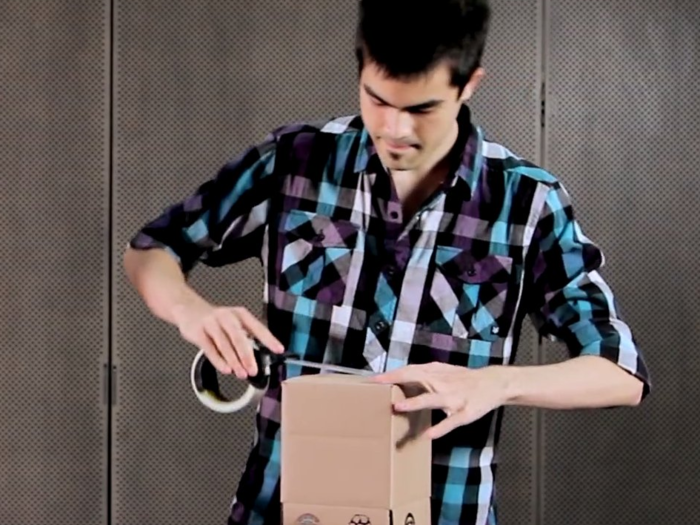
The Concept: A sharp decline in the usage of cardboard means a recession is on the horizon, while increases indicate expansion.
The Proof: Much of the world's nondurable goods are shipped in cardboard containers, making this indicator rather straightforward. When cardboard-box sales increase, it means companies are shipping a greater number of goods to sell, and therefore employing more people. The largest producer of cardboard boxes in Europe, Smurfit Kappa, saw top-line results fall by $269.9 million in 2008 from a year earlier, as operating profits declined 50%.
Drudge-headline correlations

The Concept: The greater the Drudge Report focuses on business stories, the more likely the stock market is to have hit a bottom.
The Proof: Bespoke Investment Group recently tracked the number of financial headlines on the Drudge Report homepage and compared them to the S&P 500. Turns out bottoms in the S&P 500 correlated to the number of business headlines on Drudge.
The penis-length correlation

The Concept: Countries where the average male organ is, well, average, have stronger economies than those with the largest and smallest.
The Proof: Tatu Westling of the University of Helsinki conducted the study and found the correlation. How does he explain it? Salivary testosterone levels have been shown to be positively associated with risk-taking behavior. Assuming these links hold it would suggest that male organ acts as a proxy for risk taking. Therefore, countries that engage in too much or too little risk taking underperform countries that take moderate risk.
Car salesman closing time Indicator

The Concept: The quicker salesmen are to discount cars on their lots, the weaker the economy.
The Proof: No specific data exists on closing times. But discounts increased astronomically in 2008 when Ford, GM, and Chrysler were left with excess inventories.
Men's underwear index
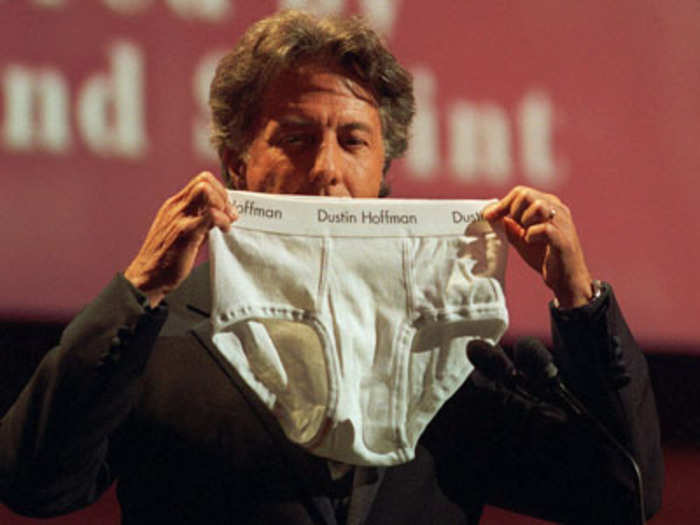
The Concept: Men will forgo purchasing new underwear to save money during hard times.
The Proof: True. Even Alan Greenspan is on the bandwagon. Research firm Mintel estimated men's underwear sales fell 2.3% in 2009, the first time since 2003.
Gardening index

The Concept: More people grow produce when the economy drops.
The Proof: The National Gardening Association found that "the number of households that will grow their own fruits, berries, vegetables and herbs [in 2009] is 19% higher than in 2008." 54% of the respondents said that they were motivated by the prospect of saving money.
The first-date Indicator

The Concept: When the economy turns down, and everything starts feeling crummy, people seek out others for dates. Either people are lonely, or they're just looking to brighten the gloom somehow.
The Proof: Match.com notices strong patterns on its site that correspond to economic downturns. The company said the fourth quarter of 2008 was its busiest period in seven years (its second-busiest weekend ever came when the Dow dropped to five-year lows in November 2008). Match said traffic also spiked after the Sept. 11 attacks.
Unclaimed-corpse indicator
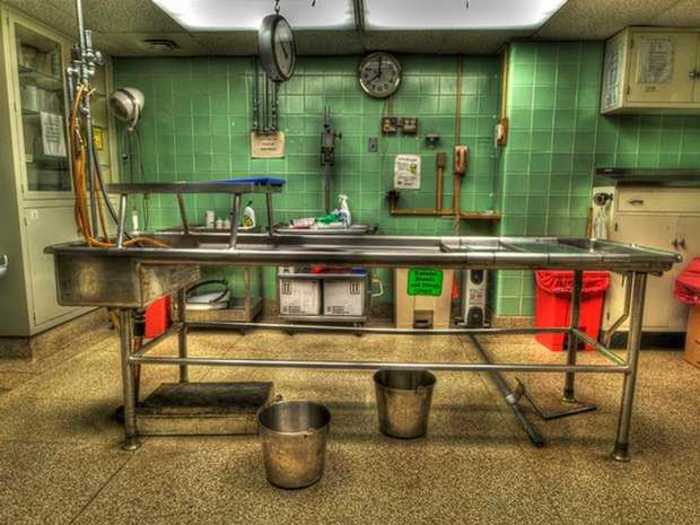
The Concept: Funerals are expensive. So when times are tough, family members will sometimes forgo claiming bodies at the morgue to pinch a few pennies.
The Proof: In 2009, at the height of the financial crisis when nonfarm payrolls were falling by more than half a million a month, Detroit logged a massive increase in the number of unclaimed bodies at its morgue. State payouts for burials nearly doubled over a two-month period compared to just a year earlier.
Coupon redemption index
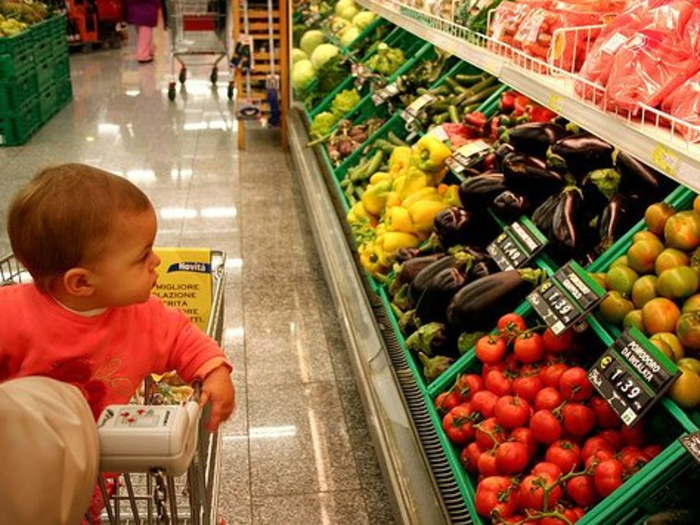
The Concept: When the economy slips, consumers turn to coupons in their Sunday circulars to try to cut costs on things like toothpaste, laundry detergent and groceries.
The Proof: In 2009, coupon redemption soared to 3.3 billion uses as consumers looked to save more at the market. During the second quarter this year, coupon use has increased 4%, coupon processing firm Inmar says.
The NYC subway accidents
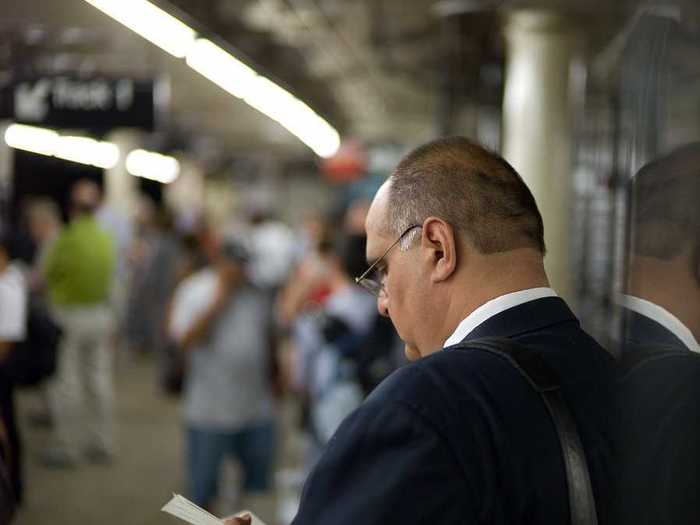
The Concept: More New Yorkers get hit by subway trains when the economy goes downhill.
The Proof: A 2006 study found that subway injuries "were associated with the city's rates of unemployment and homelessness. The highest number of subway injuries occurred during the early and late years of the study when the city's economy was week. From 2000 to 2003, 25 of 56 patients treated were unemployed, and one-quarter of the injuries came from suicide attempts."
Alligator population index

The Concept: With fewer Americans spending on discretionary items, sales of high-end handbags made of alligator or crocodile (which can retail upwards of $20,000) fall.
The Proof: In 2009, alligator farms in Louisiana faced solvency issues as the market all but dried up. Alligators kept producing, but their skins were not needed or purchased by luxury designers.
Kenyan Coca-Cola sales
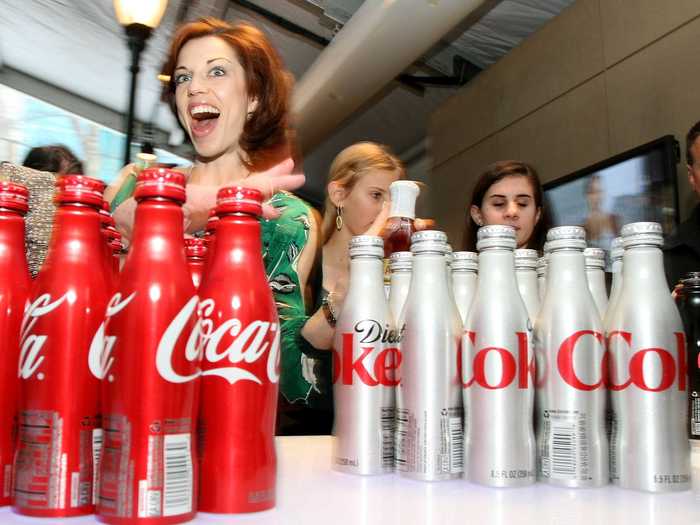
The Concept: Here's a weird one for you: There's a positive correlation between Coca-Cola and African nations.
The Proof: According to the Economist, "because the price [of Coke] is set so low ... less than the price of the average newspaper — and because sales are so minutely analyzed by Coca-Cola, the Coke bottle may be one of the continent's best trackers of stability and prosperity."
"The ups and downs during Kenya's post-election violence [in 2008] could be traced in sales of Coke in Nairobi's slums and in western Kenya's villages. Events in the Middle East, such as the 2006 war between [Hezbollah] and Israel, can dent sales in Muslim parts of Africa."
The CNBC Indicator
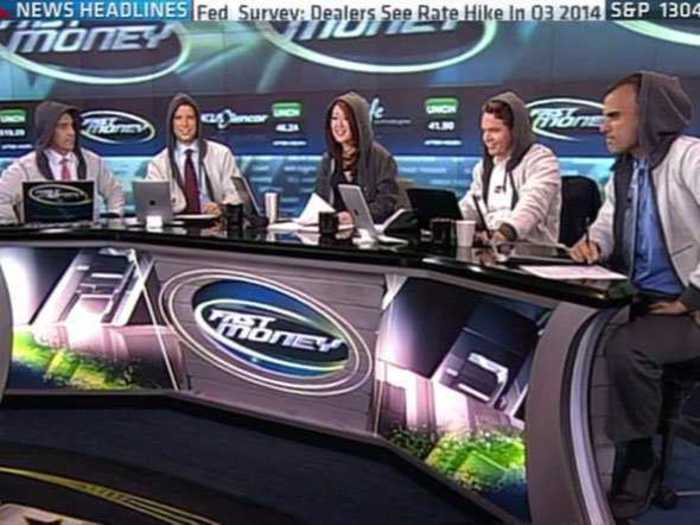
The Concept: The worse the economy is, the more people watch CNBC.
The Proof: In the beginning of 2008, CNBC saw a 7-year high of 310,000. Then, ratings hit an (at the time) all-time high of 416,000 in the third quarter of 2008. Plus, the best ratings day CNBC ever had — with 726,000 total viewers — was September 29, 2008, when the Dow dropped 778 points (7%).
Marine advertisement intensity index

The Concept: The intensity of Marine Corps advertisements evolves with hiring trends. During tough times, civilians who can't get work are more likely to enlist. But if too many people sign up, the Marines toughen up their videos to scare off potential recruits.
The Proof: Remember those stately Marine commercials a young recruit rock climbing sans gear? Well, those are out. With Marine recruitment up and the size of the corps declining, new commercials are out that aren't particularly inviting.
Long-distance relationships

The Concept: As if a bad economy weren't tough enough ... as the stocks tank, the number of long-distance relationships rises. During recessions, it's harder to find work. So more and more people are willing to move far away for a job — and then its a choice between a long-distance relationship and splitting up.
The Proof: In 2009 the Wall Street Journal reported: "Faced with a choice between the financial hardship of unemployment or a relocating for a job, more couples are going for a third option and choosing long-term separations."
Consumer consumption of beer index

The Concept: Can't make it out to that bar after work? Apparently you aren't alone. Consumers often try to save money by drinking at home, sending pub sales and jobs into a tizzy.
The Proof: In Europe, 73% of jobs tied to the beer industry are outside breweries. These include jobs at bars and restaurants. From 2008 through 2010, employment in the beer industry fell 12% versus 2% for Europe as a whole. Surely austerity measures feel much harder without that drink.
Child abuse

The Concept: Sadly, lower levels of consumer confidence have been associated with increased levels of child abuse, specifically spanking.
The Proof: During the Great Recession, "As CSI increased, indicating worse consumer confidence, the percentage of children spanked at high frequency increased–rising roughly between 0.5 and 1.5 percentage points for every 5-point rise in CSI," found economists Jeanne Brooks-Gunn, William Schneider, and Jane Waldfogel. "When confidence was at its worst (CSI of 85) at the height of the recession, high frequency spanking was predicted to increase to 8.32% of the sample, a rate approximately 6 times what it was when confidence was better (CSI of 55)."
Sports Illustrated swimsuit cover indicator

The Concept: The nationality of the woman chosen for Sports Illustrated's annual swim shoot issue dictates how American markets will perform over the year. If an American is chosen, the concept goes, the S&P 500 will outperform historical returns.
The Proof: In 2012, Kate Upton was on the cover, and the S&P 500 beat its historical average. In 2013, she was on the cover again and the S&P closed posting its largest annual jump in 16 years.
The garbage indicator

The Concept: Pretty simple. The idea is that GDP should correlate to the amount of garbage produced. If you create things, you have to throw things out.
The Proof: Of all categories that ship by rail, none correlates tighter to GDP than waste. A 2010 Bloomberg piece by economists Michael McDonough and Carl Riccadonna put the correlation as high as 82%.
Baked-beans sales Indicator
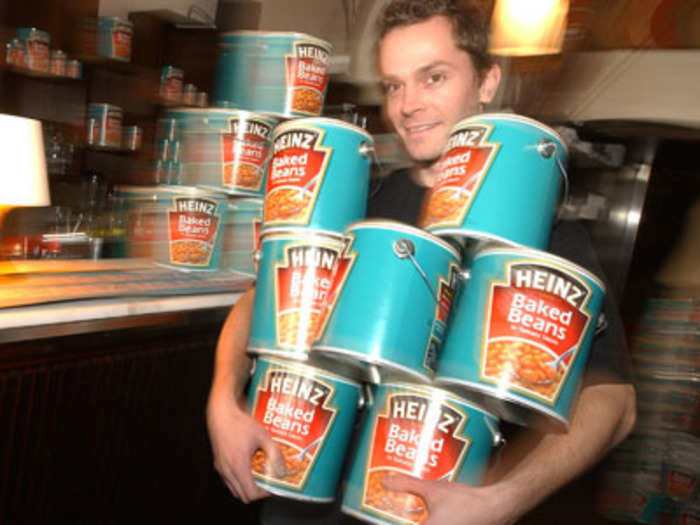
The Concept: Consumers move to canned goods to save on food expenses during hard times.
The Proof: During 2009, the value of baked beans soared 23% in the UK as consumers fell back on the staple instead of going out for dinner.
Divorce rates
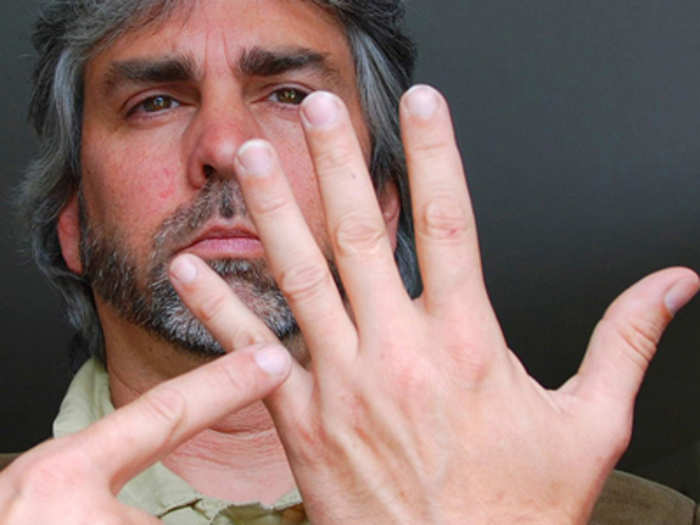
The Concept: There are financial advantages to being married, and going through a divorce can be expensive.
The Proof: A recent study demonstrated that a couple is less likely to get a divorce during a recession, and money is often the driving factor behind such a decision.
Swiss watch exports

The Concept: WSJ calls Swiss watches "the ultimate discretionary luxury item."
The Proof: Swiss watch exports offer insights into the spending patterns of southeast Asia’s nouveau riche.
Curse of the new HQ

The Concept: When a company's CEO announces plans to build or move to a new world headquarters, sell your stock because it's about to drop.
The Proof: There are a number of corporate examples that both support and dispel this curse indicator, but there is a long history of new homes preceding collapse or difficulty, including The New York Times, AOL, Time Warner, and Myspace.
The Waffle House index

The Concept: The Waffle House notoriously stays open during natural disasters. So if it's closed, that means that it was a really bad natural disaster with devastating effects on the economy.
The Proof: After Hurricane Irene, 22 Waffle Houses lost power in North Carolina, Virgina, Maryland, and Delaware. Only one wasn't open by Wednesday after it was hit — a location in coastal Virginia — which was a particularly hard-hit location.
"If you get [to a place where a disaster hit] and the Waffle House is closed? That's really bad," said FEMA administrator Craig Fugate.
Baby diaper rash indicator
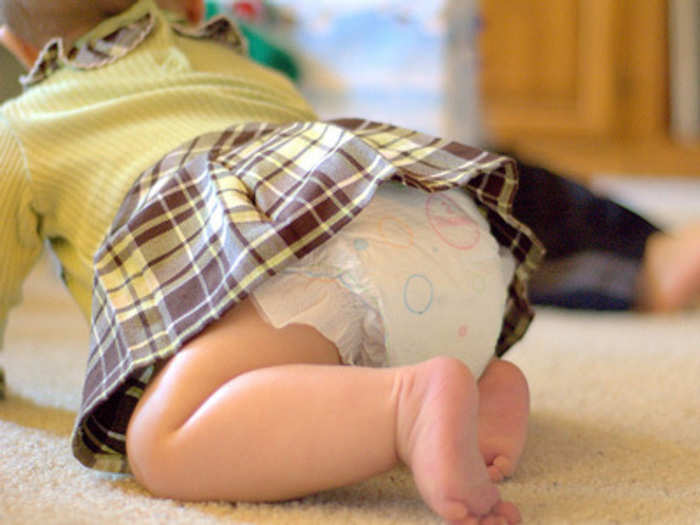
The Concept: In a hope to save money, parents with newborns, babies, and toddlers try to cut back on costs by changing their child's diaper fewer times throughout the day.
The Proof: According to data from Symphony IRI, diaper rash cream volume increased 2.8% while sales of disposable diapers tumbled 9%.
Speed contractors return calls
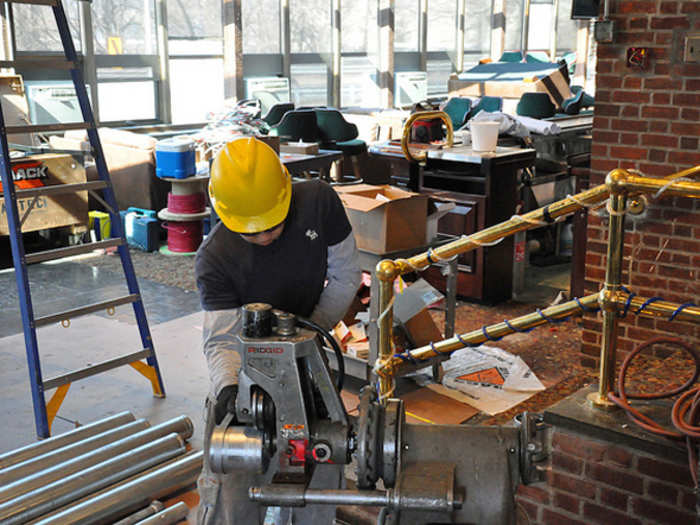
The Concept: Always busy with other clients, getting a contractor to return a call can be a big hassle during a home renovation project. So, the quicker a contractor returns your calls, the worse the economy is doing.
The Proof: There isn't much hard data on this one. But it seems to make sense. Then again, if the economy is bad enough, then you might not be able to afford that home makeover you want to commission.
Buttered-popcorn Index

The Concept: When times are tough, people flock to the movies as a means of escape. No matter how good or bad the movie is.
The Proof: The box office posted one of its biggest years during the 2009 recession, before plateauing as markets eased. If there's a double dip, expect popcorn sales to be up again.
Decline in immigration

The Concept: This one's pretty intuitive. When a country's economy starts to slump, fewer people want to move to that country.
The Proof: California attracts immigrants year after year, but in 2009 the number of foreign-born residents declined by 1.6%. "This is clearly a consequence of the economy, with the biggest impact on Mexican and low-skilled immigrants," said William Frey of the Brookings Institution.
Zoo visits

The Concept: Lions, tigers, bears ... When the economy gets better, people have more money to spend on nonessential activities, such as going to the zoo.
The Proof: The Dallas Zoo recorded record attendance in March 2012, up 18% from the record set in 2011. In March 2012, stocks ended "a spectacular quarter," up 8.2%.
The dental visit indicator

The Concept: During better economic swings, people are more likely to have a job that has dental benefits. As a result, more people make it to the dentist.
The Proof: CNBC conducted an informal survey and found that five out of six randomly selected dentists reported an increase in new patients in the second half of 2011 into 2012. All of those dentists credited the economy.
Year of the dragon indicator

The Concept: Waiting for the right time to invest? If you follow the Chinese Zodiac, you may want to wait for the lucky dragon, which will coincide with strong market returns.
The Proof: It's true. Market returns during the year of the dragon are second only to the rabbit at 7.7%. And there's some reason behind it: Many people time buying a house, marrying, and having children to the dragon.
Latvian hooker index

The Concept: Simple supply and demand: During boom times when women can find better jobs, there are fewer hookers and hourly prices rise.
The Proof: Latvian sex workers have been stuck in a rut. As the economy soured, rates fell as low as $60 for a night's work in 2009. This Baltic index is way more intuitive than that other Baltic index.
Champagne sales

The Concept: You're probably thinking, "obviously rich people buy more champagne when the economy is better." But no, that's not what this indicator is.
Apparently, the amount of French Champagne that Americans consume predicts the average American income one year later.
The Proof: Believe it or not, this measure has 90% accuracy. "Champagne sales hurtled upward twice in recent history — at the peak of the Internet bubble in 1999 and during the heyday of the housing bubble in 2007," according to The New York Times.
Guns-to-Caviar index
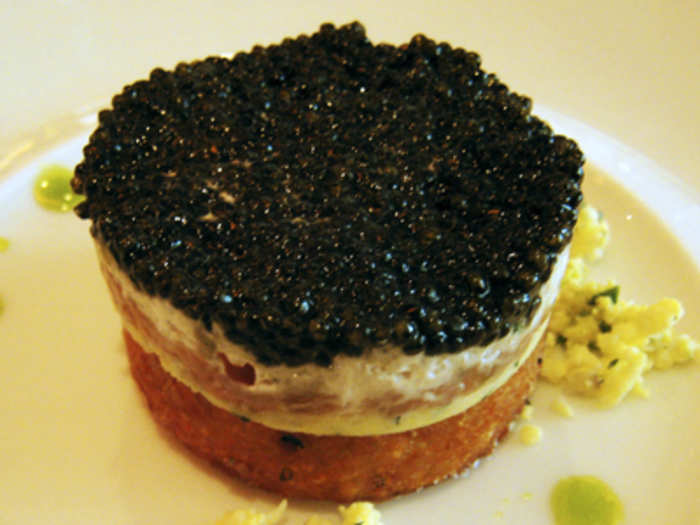
The Concept: The Guns-to-Caviar index measures the ratio of money spent on military jets to that on private jets. In other words, the relative levels of anxiety to elation among the global elite.
The Proof: Richard Aboulafia, the creator of the index, says, "Defense budgets rise with threats and perception of threats, and cash filters down, with planes typically delivered two years after they are ordered."
The Olympics indicator

The Concept: Markets rally during the Summer Games because the sporting events distract investors from negative headlines.
The Proof: Bespoke Investment Group tracked the Dow Jones back to 1900 and found positive returns in 18 of the last 26 games. Bespoke based each year's time frame as that between the opening and closing ceremonies.
Hot waitress and waiter index

The Concept: The worse the economy, the hotter the waitresses. During boom times, physically attractive people can leverage their looks to get better-paying jobs. Perhaps modeling or hosting corporate events.
The Proof: New York magazine thinks there's substance to this concept.
Happy Meal indicator
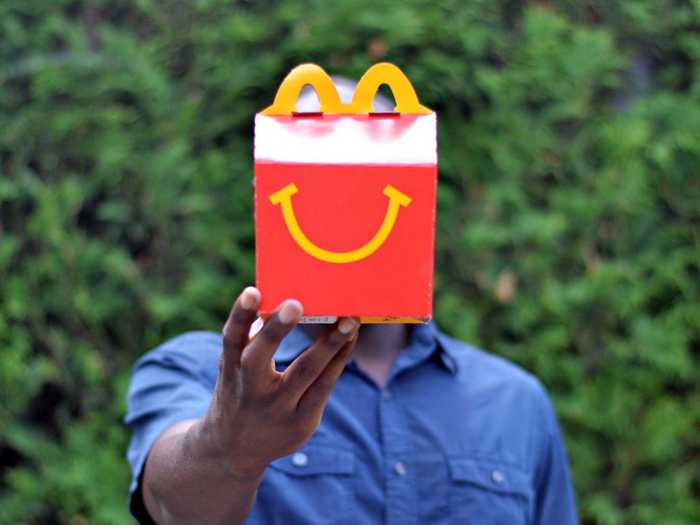
The Concept: In an effort to protect profit margins, restaurants downsize free offerings to kids like crayons and toys.
The Proof: In the middle of the 2009 recession, Red Robin halved the number of crayons kids got to color. Too bad if you're a coloring fiend; you'll have some difficulty getting that sun yellow.
The R-word index

The Concept: Official recessions coincide with a surge in the number of times the word recession appears in print — well before the two quarter delay it takes for a country to call it.
The Proof: The Economist tracks the word's use in The Wall Street Journal and Financial Times and has done a great job of highlighting the start date of recessions, including those in 1990, 2001 and 2007.
The plastic surgery indicator

The Concept: People stop getting cosmetic surgery as the economy begins to waver. The reasons? 1. If job cuts are coming, people want to save for futures needs. 2. Even if job cuts are not coming, employees don't want to take off work to stay in the best grace of their bosses.
The Proof: Plastic surgery revenue in the US declined 9% in 2008 as the economy headed into contraction, with the American Society of Plastic Surgeons expressly citing the bad economy.
Skinny tie indicator

The Concept: Two indicators here. The first, men will buy ties to appear that they're working harder during difficult economic times. The second, ties get slimmer during bad times and brighter when the economy starts to recover.
The Proof: In the UK, with news that layoffs could be coming in 2007, sales of ties spiked as men tried to show employers that they came to do work. Width of the ties narrowed due to austerity measures during past wars, but current production abilities have seemingly put that indicator on hold. But anyone who has spent time in lower Manhattan will tell you that skinny ties are back.
Japanese haircut indicator
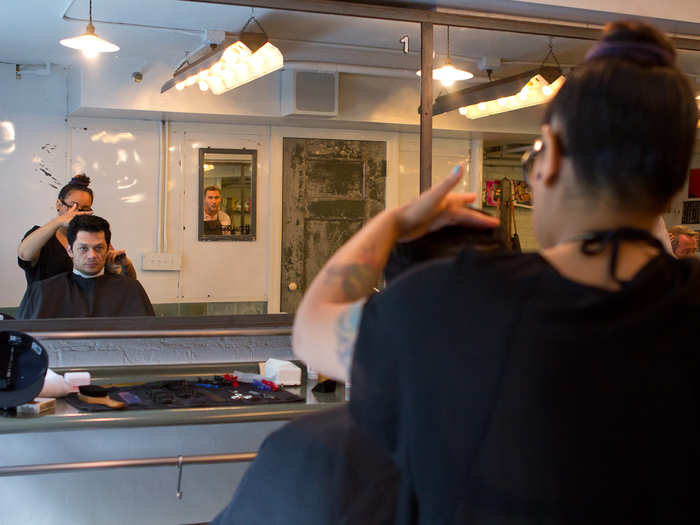
The Concept: During flush times women are more likely to get their hair cut, dyed, and simply groomed more frequently. During recessions they're more likely to take off extra inches to save on trips to the salon.
The Proof: Few analysts have likened to the idea, but Japan's Nikkei magazine drew on data that revealed women cut their hair shorter as the economy fell in 1997.
The Super Bowl indicator
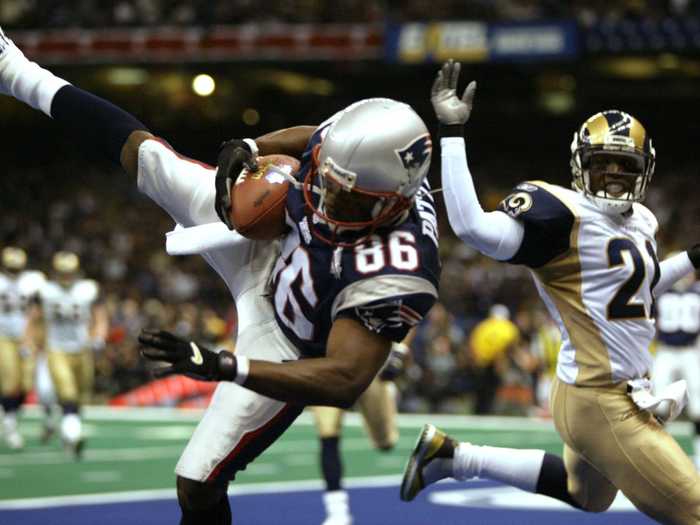
The Concept: If a team from the old National Football League (NFC division) wins the Super Bowl, the S&P 500 will gain for that year. However, if a team that can trace its roots to the old American Football League (AFC division) wins, the market will decline.
The Proof: Believe it or not, analysts tell us it is widely accepted that this rule has been accurate around 80% of the time since 1970.
Skyscraper boom indicator
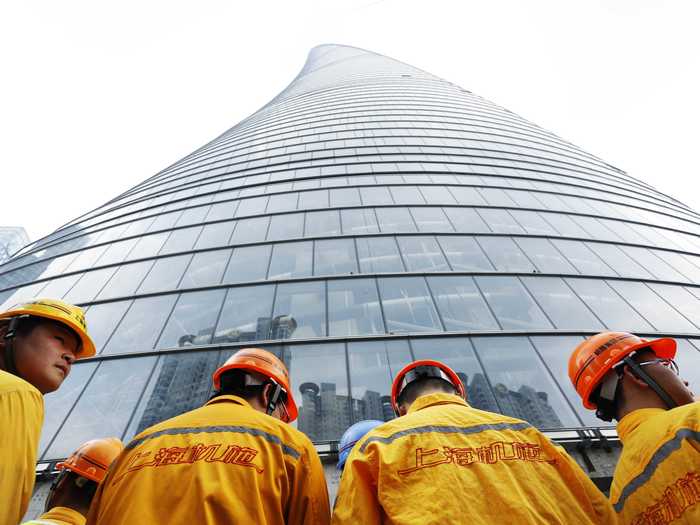
The Concept: Building booms will precede and then coincide with recessions, particularly when construction of a new tallest building is underway. Also, the taller the building, the longer the crisis.
The Proof: Barclays tracks the boom in its Barclays Skyscraper Index, and the results are surprising. During the Great Depression, three of the world's tallest buildings were under construction: 40 Wall Street, the Chrysler building, and the Empire State building.

The Concept: Believe it or not, some researches use Twitter as an indicator of initial jobless claims.
The Proof: Researchers at Stanford and Michigan scanned "billions of tweets for terms related to job changes," analyzed them, and used them to predict initial jobless claims.
You can see how accurate their data was here.
Michael Cafarella, one of the researchers, said that he doesn't believe that this is a substitute for economists' predictions but a complement.
Aspirin and Tylenol usage
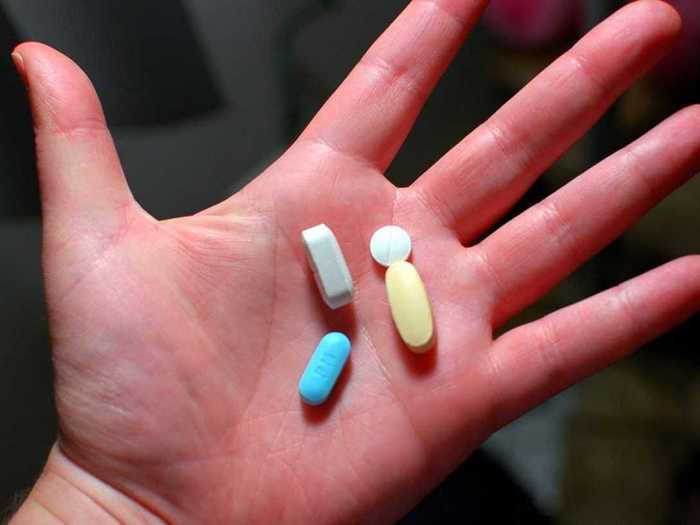
The Concept: Sales of aspirin and other headache medications are expected to increase as the economy heads toward rough times, as more people feel the stress.
The Proof: There's no historical data, but in 2008 Advil sales perked up 2% on an 8% surge during the fourth quarter, at the height of economic uncertainty.
Hemline index

The Concept: Discovered by economist George Taylor in the 1920s, the Hemline Index predicts the market based on the length of women's skirts and dresses. The shorter hemline, the better the economy is looking.
The Proof: Just a myth, according to retail buyers. But some economists still point to the dreary lengths that came out following the financial crisis in 2008. And others worry that the maxi skirts out this summer are telling of another downturn.
Google trend index

The Concept: Hundreds of millions of Google searches are conducted each day. So, the search giant thought, why not aggregate it all and see if it tells us something?
The Proof: Bingo. The nearly two dozen areas tracked, including unemployment, oscillate with the market.
Lipstick index

The Concept: Created by Leonard Lauder, chairman of Estee Lauder, the index shows that women turn to lipstick instead of more expensive indulgences like handbags and shoes during hard times.
The Proof: According to Investopedia, lipstick sales doubled after the recession following Sept. 11.
Popular Right Now
Popular Keywords
Advertisement
